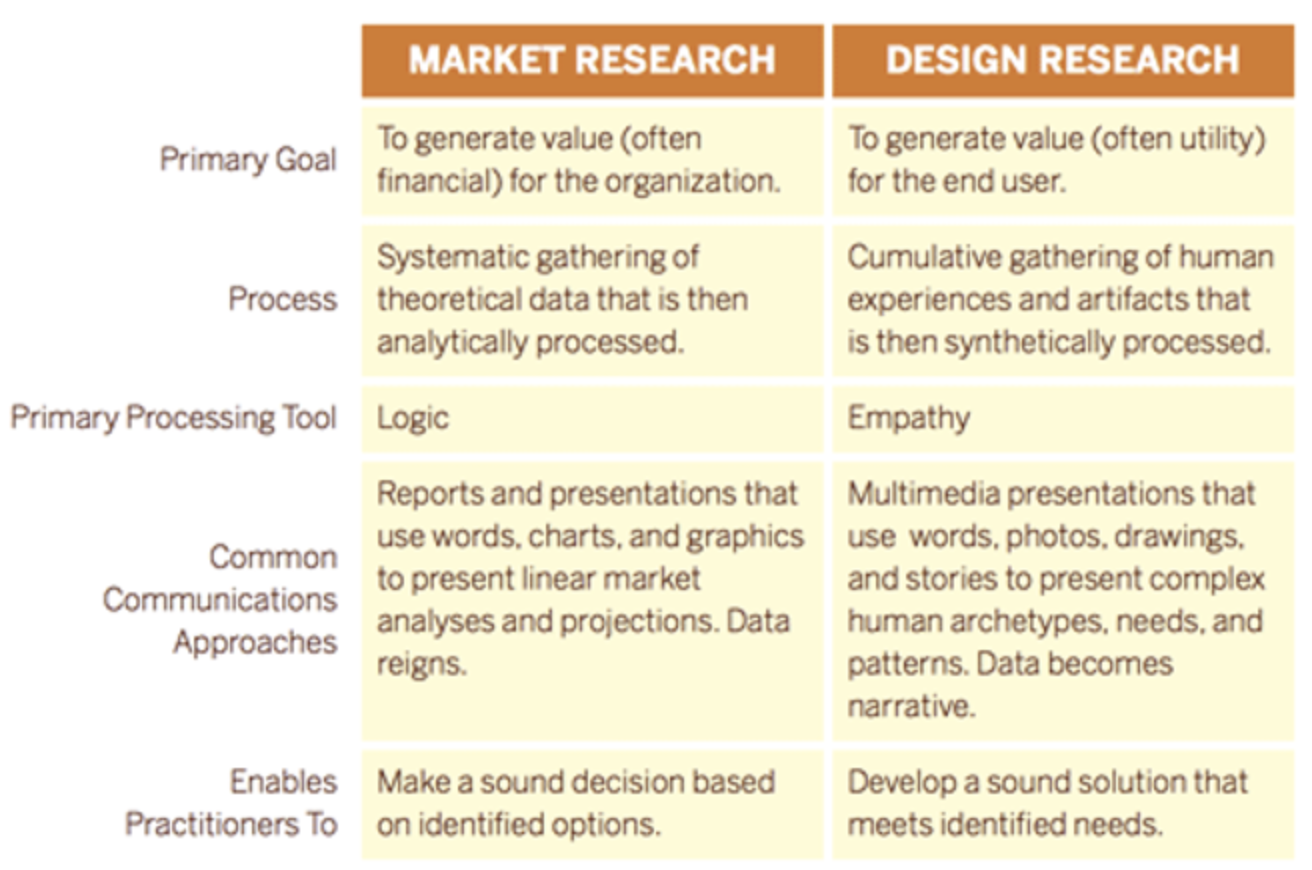智能产品时代的设计调研
How do you research and design products that evolve constantly? This is an increasingly popular question as businesses release products that rely on artificial intelligence (AI) and machine learning to become smarter over time. In the era of AI, the question becomes especially tricky as product teams try to identify user wants and needs in a fixed point of time for the equivalent of a moving target: intelligent products that teach themselves to evolve.
We’ve been exploring this topic on our blog for a few years, based on our own experiences helping businesses develop and launch products more effectively. Two years ago, we shared on our blog how businesses can design dynamic products by focusing on user wants and needs instead of features. Now let’s take a closer look at actually researching those wants and needs.
Traditional Methods of Research Aren’t Enough
Many businesses continue to rely on a waterfall approach of user research in which research is conducted and then handed off to someone else. That process looks something like this:
- Researchers learn more about their audience through traditional methods: watching them, talking to them, and conducting quantitative research.
- They create a static document with loads of insights.
- They toss that research over the fence to the “execution team” to, hopefully, create an outcome that will align with the wants and needs of their users.
- Said research collects dust on a shelf while the execution team tries to decode the insights and the researchers move on to the next project.
Many people question the relevance of user research in today’s world (we’ve been participating in that conversation on our blog). No wonder the value of user research gets called into question: the deck is stacked against the researcher because of a dated approach that is out of sync with how product development and research need to work hand in hand.
Design Research in the Era of Intelligence
I like the way Panthea Lee compares design research with market research side-by-side in her piece, “Design Research: What Is It and Why Do It?”

Image Source: reboot.org
As powerful as design research is to shed light on the unknown through iterative hypotheses and experiments, it must evolve to adapt to the era of intelligent products in two ways:
- Research needs to be a core part of a modern product team, alongside product management, design, and engineering. When design research is embedded into the product team as a critical component, research can add value and evolve continuously. It’s no longer measuring wants and needs for a fixed point in time.
- Intelligent products require both quantitative and qualitative inputs. Therefore the spectrum of research needs to cover the spectrum of exploratory to evaluative. This means not just an accurate model based on the right data sources, but also a continuous process for engaging with users and co-creating experiences alongside them.
I touched on these points in a recent post, “Why co-creation is a key ingredient of a product mindset.” In the post, I wrote about constantly evolving products such as Apple’s iOS. Apple continuously updates the iOS (and asks you to do the same via those iOS updates you receive on your Apple devices). Businesses that adopt a product mindset know that there is no “done” for a product because those products are dynamic (and I didn’t even touch on AI in the article.) As I wrote, that product mindset influences research this way:
Your people need to learn how to discover, design and scale products with the customer at the center. Your product teams need to collaborate in an agile fashion rather than rely on traditional waterfall approaches, with ideas passed on from one department to the next. Your tools need to change. Word documents, emails and change requests are out. Collaboration tools, prototypes, backlogs and ongoing prioritization are in.
When you embed user research into product development, you also broaden your palette of available tools considerably. One example is the Mindful AI Canvas, a tool we use to ensure that AI-fueled products are human-centered. We use the Mindful AI Canvas as part of product development. Learn more about the Mindful AI Canvas in this blog post.
Creating lovable products requires empathy. This is even more important in the world of AI because there is a growing sense of fear, uncertainty, and doubt (are robots taking our jobs?) The way to be empathetic is to keep users (both business-to-consumer and business-to-business) at the center of product development – always. That’s why it’s important to treat design research as a first-class citizen and keep learning about your users as you design and evolve the product. Don’t rely solely on static reports and presentations. Start co-creating now.
Finally, one more thing . . . in our new era of social distancing, user research for intelligent products can be done remotely. We’re doing that right now. Connect with us if you’d like discuss how.


